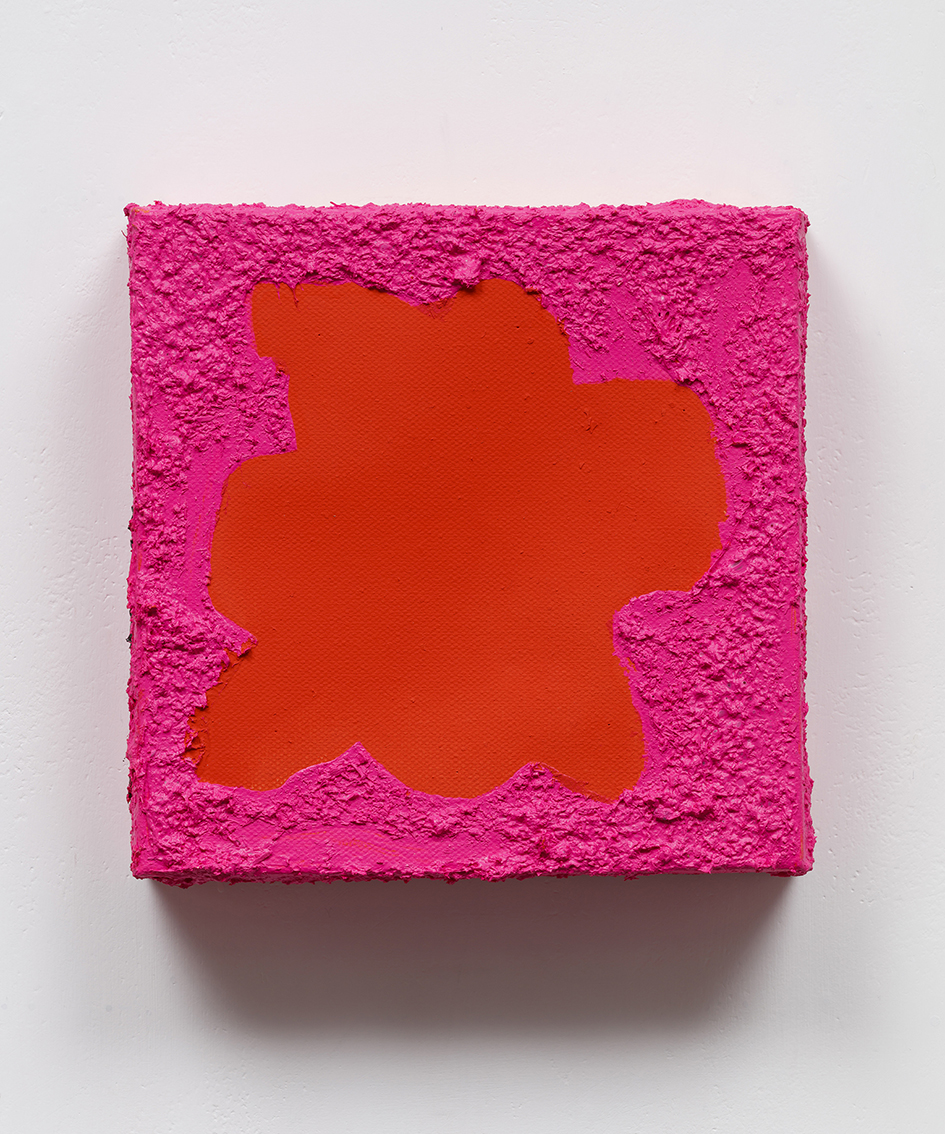 Mark Rothko in his
West 53rd Street
Mark Rothko in his
West 53rd Street
studio, c.
1953, photograph by Henry
Elkan, courtesy Archives of
American Art, Smithsonian Institution,
Rudi Blesh Papers.
One of the preeminent artists of his
generation, Mark
Rothko is closely
identified with
the New York School,
a circle of
painters that emerged
during
the 1940s as a new
collective
voice in American
art.
During a
career that
spanned
five
decades, he created a new
and
impassioned form of
abstract
painting.
Rothko's work is
characterized
by rigorous
attention to formal
elements
such as
color, shape,
balance,
depth, composition,
and
scale; yet,
he refused to consider
his
paintings solely in these terms.
"It is a
widely accepted notion among painters that it does not matter what one paints as
long as it is well painted.
This is the
essence of academicism. There is no such thing as good painting about
nothing."
![가88[1].jpg](http://blog.chosun.com/web_file/blog/85/9085/17/%B0%A188%5B1%5D.jpg)
Slow Swirl at the Edge of
the Sea. 1944. Oil on canvas
Rothko
largely abandoned conventional titles in 1947, sometimes resorting to numbers or
colors in order to distinguish one work from another. The artist also now resisted
explaining
the meaning of his work. "Silence is so accurate," he said,
fearing that words would only
paralyze the viewer's mind and imagination. By this time, Rothko had virtually
eliminated
all elements of surrealism or
mythic imagery from his works, and nonobjective
compositions
of indeterminate shapes
emerged.
![가55[1].jpg](http://blog.chosun.com/web_file/blog/85/9085/17/%B0%A155%5B1%5D.jpg)
Untitled. (1945-46). Watercolor and
ink on paper

Sacrifice,
April 1946. Watercolor, gouache, and india
ink on paper
![가22[3].jpg](http://blog.chosun.com/web_file/blog/85/9085/17/%B0%A122%5B3%5D.jpg)
Untitled (# 17),
1947. Oil on canvas
![가333[1].jpg](http://blog.chosun.com/web_file/blog/85/9085/17/%B0%A1333%5B1%5D.jpg)
Untitled (Violet, Black, Orange, Yellow on White and
Red), 1949.
Oil on canvas
Rothko's work began to darken dramatically during the late 1950s.
This development is related
to his
work on a mural commission for the Four Seasons restaurant, located in the
Seagram
Building in New York City. Here Rothko turned to a palette of red,
maroon, brown, and black.
The
artist eventually withdrew from this project, due to misgivings about the
restaurant as a
proper
setting for his work. He had, however, already produced a number of studies and
finished
canvases, two of which are included in the present installation. In
the Seagram panels, Rothko
changed his motif from a closed to an open form, suggesting a
threshold or portal. This element
may have been related to the architectural setting for which these
works were intended.

Green and Maroon, 1953, Oil on canvas

Untitled,
1968, Oil on canvas
![가44[1].jpg](http://blog.chosun.com/web_file/blog/85/9085/17/%B0%A144%5B1%5D.jpg)
Untitled (Black on Grey),
1969/1970. Acrylic on canvas,
![가99[1].jpg](http://blog.chosun.com/web_file/blog/85/9085/17/%B0%A199%5B1%5D.jpg)
Figure Composition with Grid,
Drawing
![가100[1].jpg](http://blog.chosun.com/web_file/blog/85/9085/17/%B0%A1100%5B1%5D.jpg)
Untitled, 1944/1945, Drawing

 Mark Rothko in his
West 53rd Street
Mark Rothko in his
West 53rd Street ![가88[1].jpg](http://blog.chosun.com/web_file/blog/85/9085/17/%B0%A188%5B1%5D.jpg)
![가55[1].jpg](http://blog.chosun.com/web_file/blog/85/9085/17/%B0%A155%5B1%5D.jpg)

![가22[3].jpg](http://blog.chosun.com/web_file/blog/85/9085/17/%B0%A122%5B3%5D.jpg)
![가333[1].jpg](http://blog.chosun.com/web_file/blog/85/9085/17/%B0%A1333%5B1%5D.jpg)


![가44[1].jpg](http://blog.chosun.com/web_file/blog/85/9085/17/%B0%A144%5B1%5D.jpg)
![가99[1].jpg](http://blog.chosun.com/web_file/blog/85/9085/17/%B0%A199%5B1%5D.jpg)
![가100[1].jpg](http://blog.chosun.com/web_file/blog/85/9085/17/%B0%A1100%5B1%5D.jpg)


